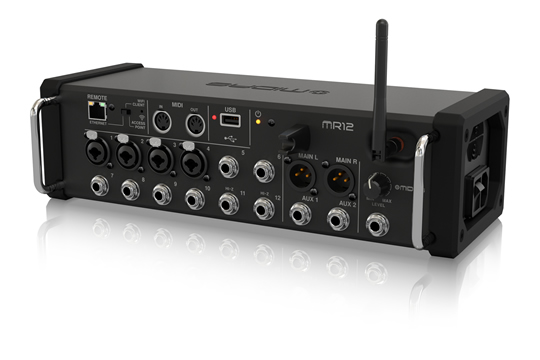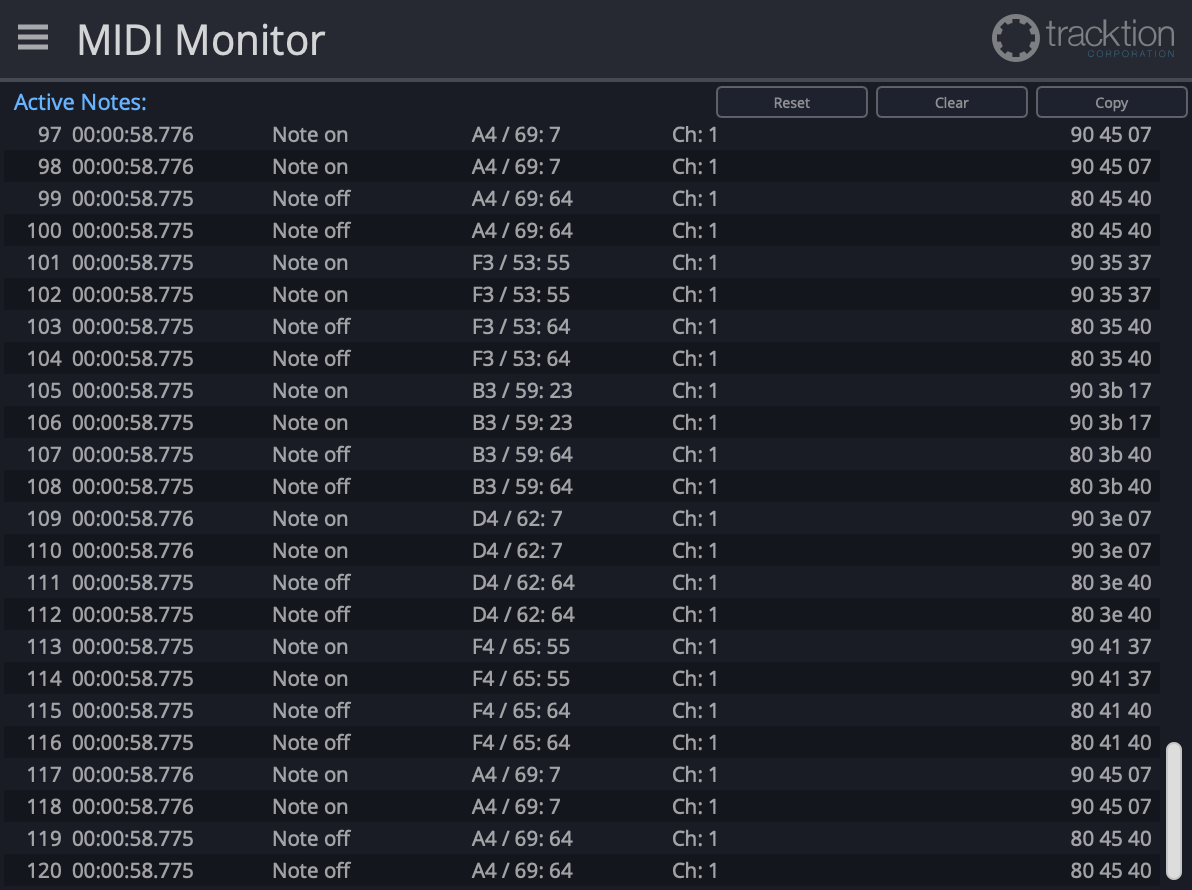
- Ipad midi monitor pro#
- Ipad midi monitor software#
- Ipad midi monitor Bluetooth#
- Ipad midi monitor plus#
Ipad midi monitor software#
Running a software iPad studio is every bit as fun and creative as your desktop/laptop studioįirst, the good news. However, deciding which interface to buy can be confusing thanks to Apple using the Lightning, USB-C and Thunderbolt interfacing standards in the current range of iPads, not to mention older USB audio interfaces not using the USB-C standard! But we’re here to clear it up and make (some) sense of it all. Every recording situation can now be handled by an iPad, from recording a songwriter playing guitar and singing to recording several band members playing a live gig. You can get any number of ins and outs with audio interfaces, so whichever combination you require, there is an interface available.
Ipad midi monitor plus#
You could, of course, do this with the iPad’s built-in microphone but the results will be far better if you choose to use a dedicated audio interface.Īs with desktop recording, your iPad interface will need mic, line or combi XLR/line inputs for connecting both microphones and instruments up for recording, plus outputs to connect to speakers. Need to record audio from the real world into your iPad? Sing, play guitar, record an entire band? It’s all possible.
Ipad midi monitor Bluetooth#
Keyboards let you play that synth via a Bluetooth keyboard, or controllers let you tweak a DAW. Interfaces enable you to add vocals or guitars to your iPad compositions, for example, and play back the results through decent studio monitors. There are some great hardware iPad options, including devices that allow you to route audio into and out of your iPad or allow you to ‘play’ your apps. And as we shall see, there are many such devices, and even more apps to run on iPads to make the mobile studio experience just that more, well, pro! The hardware you need (or not) Plus most of the latest iPads have USB and even Thunderbolt compatibility meaning you can plug in and play a range of audio interfaces, MIDI keyboards and more.
Ipad midi monitor pro#
Fast forward to 2021, and Apple’s latest Pro iPads have the same M1 chips found in the company’s desktop and laptop machines, so the devices are very much on par power-wise with your standard computer. Hopefully you guys can fix this on the next version.In 2020, we might have told you that mobile music making can't yet offer the flexibility of a decent studio based around a powerful computer.

I absolutely love Scaler and recommend it to people all the time and think it is one of the best value apps there is. I still think that the ability to receive and send on different channels would be a great option, but not being able to receive midi on only one specific channel I would almost classify as a bug since I have never used a device or app that doesn’t allow this. I do have devices that will listen for all midi channels 1-16 but it is something I need to turn on, and I don’t have any devices that always listen for all midi channels and you can’t specify a selected channel. I am sure this was just an oversight in development but hopefully it is one you can fix soon as it is operating outside of standard midi operation. If I mute all other tracks on the KeyStep pro I could control Scaler but then I lose access to control 3 other hardware devices, which for me is a bigger problem than just not using Scaler on an iPad.įor now I will just have to stick to using Ableton and Scaler VST when I want to use Scaler. Technically I could use a separate dedicated midi controller for only Scaler that is out of the rest of my setup but that doesn’t really work for me especially when syncing to midi clock.

So the problem I was having is that Scaler is receiving all midi sent from all devices regardless of intended destination. I only caught this because I accidentally switched tracks on the Keystep Pro and it was still sending notes to Scaler even though I knew it was set to a different midi channel. Scaler does send midi on only the selected midi channel as it should, it is just the incoming that is the issue. I didn’t catch this at first because in all my testings I always made sure the midi channel I was sending from the midi controller matched the midi channel selected in Scaler before testing because this is the standard of how midi should work.

Scaler doesn’t listen for a specific midi channel coming in, it is listening for all channels 1-16. The first issue of not being able to send and receive on different midi channels would still be an issue for me personally but that is secondary to the larger issue I am now aware of, Ok, No Joy, but at least I have figured out why,


 0 kommentar(er)
0 kommentar(er)
